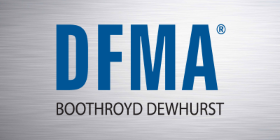
Bringing Simplification to Costing
Over the past year, tools like generative AI have enabled professionals and experts in many fields to speed up results and increase productivity. An arms race of sorts is developing for the technology due to these immense benefits. For our purposes, we can ponder what similar productivity solutions can be introduced for manufacturing should-cost analysis. That’s the focus of Dynamic Costing, one of the newest features in DFM Concurrent Costing® software. It takes already reliable methods, based on decades of research, and applies enhanced simulation technology. This saves time, energy and even reduces the level of expertise required in many instances. Let's explore exactly how it works and the myriad benefits it offers.
How does it work?
For any cost analysis conducted in DFM, the user uploads basic information such as the part geometry (with or without CAD), the manufacturing process and material, and the life volume of production. Using this information, the software provides reasonable default values for all the possible cost driver inputs of that manufacturing process. The difference with Dynamic Costing is how those cost drivers are presented. With Dynamic Costing enabled, the software conducts many extra simulations to determine how impactful each cost driver is on the total result. It is an analysis presentation that is entirely unique to the part and scenario you are interested in. Use of the latest development technology allows the simulations to occur nearly instantaneously. After conducting these simulations, a cost driver that is unlikely to impact the total result for that exact part is not included in the analysis.
The Impact of Dynamic Costing
To help illustrate the benefits of Dynamic Costing, let’s look at two different part designs that can be manufactured using a Die Casting process:
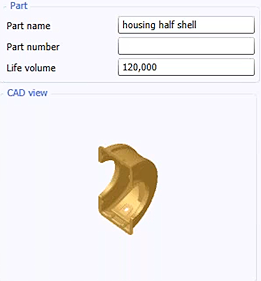
All of the cost drivers related to Die Casting are displayed on the left. With Dynamic Costing enabled, only the ones important to this part design are displayed on the right.
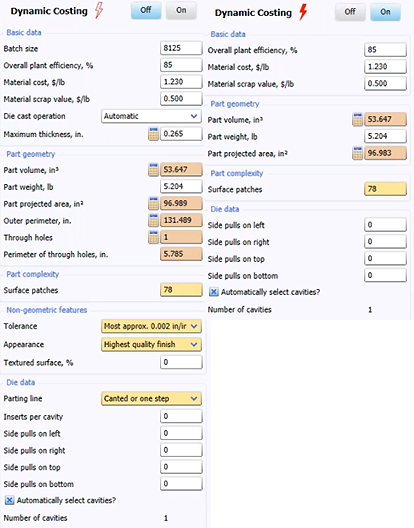
Total Manufacturing Cost Result: $2.75 for Full Analysis, $2.71 for Dynamic Costing
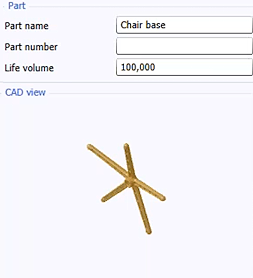
Notice the different cost drivers displayed with Dynamic Costing enabled, guiding the user toward different inputs than in the first example.
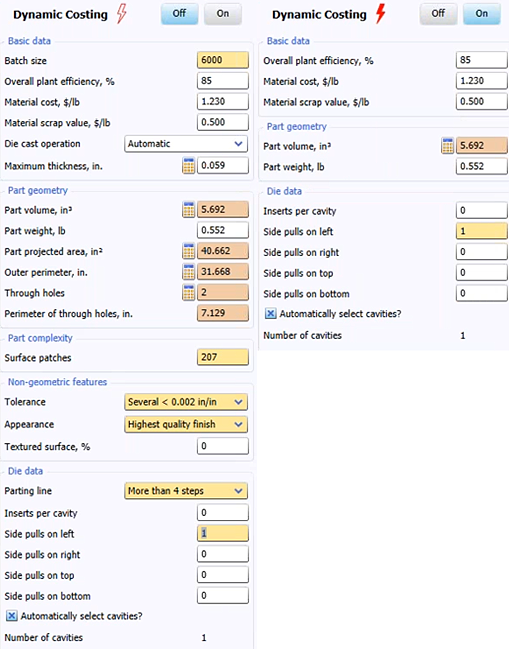
Total Manufacturing Cost Result: $12.35 for Full Analysis, $12.24 for Dynamic Costing
In the two examples above, we see the cost driver inputs with the Dynamic Costing feature disabled and then with it enabled. The inputs in gold have been edited by the user and those in red derived from the CAD model. When we enable Dynamic Costing, roughly 50% of the cost driver inputs are eliminated. The new interface is much cleaner and customized to the design being analyzed. But have we just traded a more accurate result for a quicker and rougher guess? The answer is no. If we answer the questions using each method, we achieve a Dynamic Costing result that is within 1.59% for the housing and 0.9% for the chair base. This is well within the natural error band we expect for any should-cost analysis. And both results are highly accurate, since they are derived directly from the manufacturing science of die casting.
The Benefits for Design Engineers:
It has been well established that 70% of product cost is determined during the design phase. As a result, for manufacturers to compete effectively, their designers need responsive, accurate, and decipherable cost feedback. With Dynamic Costing, designers can immediately view the cost driver questions they should really be focused on answering and which ones they can likely set aside. This is an incredible resource that saves time and effort when conducting any DFM exercise. It also enhances the existing benefits of DFMA® software, and requires less input from manufacturing experts.
The Benefits for Cost Engineers/Procurement:
Due to simplification of the cost analysis, Dynamic Costing makes it faster and easier for experts and non-experts alike to obtain an accurate should-cost. As demonstrated in the examples above, the accuracy of the simulation is not compromised by the methods employed. The power of additional simulation is that it allows a novice user to move through many analyses more quickly. The inputs required for one part might be very basic compared to those of another. Those analyses can be reserved for more knowledgeable experts, allowing time and effort to be spent on other considerations.
In Conclusion
DFM Concurrent Costing's Dynamic Costing not only simplifies our approach to cost analysis but also redefines efficiency, combining swifter design/cost feedback with accurate cost data. It is an approach we plan to take with as many of our manufacturing cost models as possible. The 2023 software release includes this feature in Cold Chamber Die Casting, Hot Chamber Die Casting and Machining, with Injection Molding the next process to come. For further information or a deeper dive into the cost estimating methods we employ, please fill out our Contact Us form.




